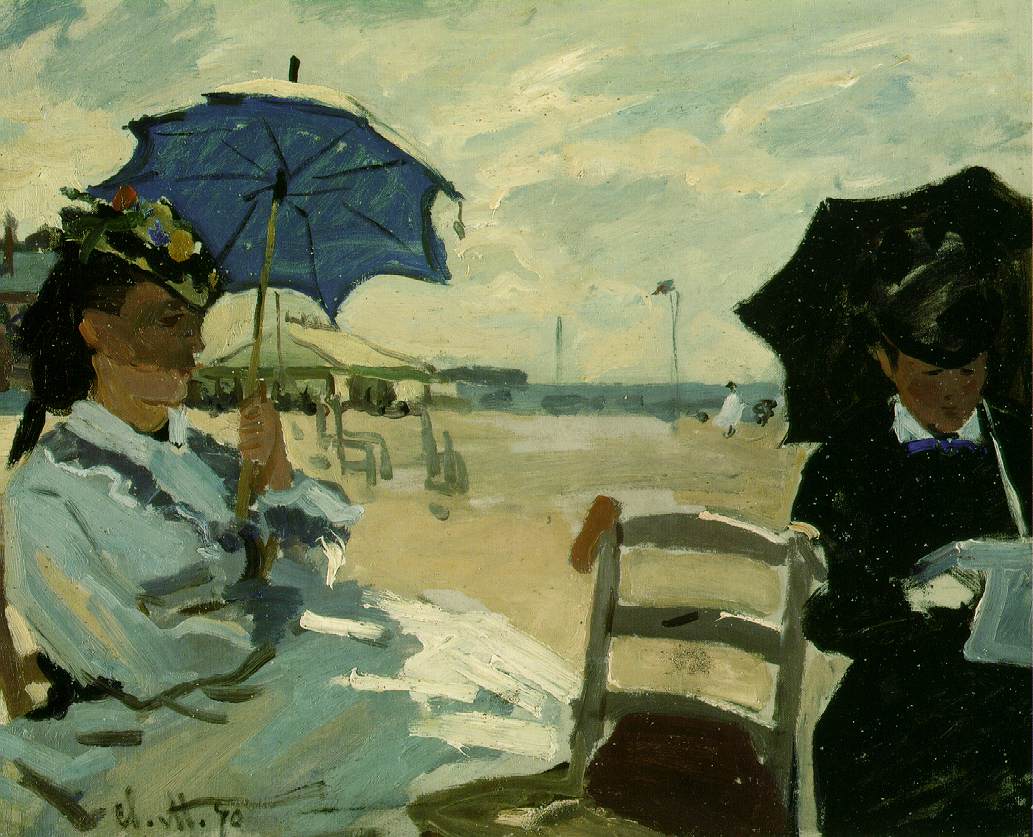Modern life, by the 1860s, was looking increasingly hectic and perplexing. As towns expanded; as the train threatened to replace the horse-drawn cart; as the advent of electrical lighting illuminated streets at night, bringing the promise of a non-stop, twenty-four-hour-a-day metropolis, so it seemed that life itself had speeded up to a giddy blur. “Modernity is the transitory, the fugitive, the contingent,” proclaimed the French poet Charles Baudelaire. Unlike his more conservative English contemporaries, such as John Ruskin, he preferred to celebrate rather than bemoan the new world in which he found himself, urging his contemporaries to savour the chaos of the everchanging city.
The National Gallery’s forthcoming exhibition, “Impression: Painting Quickly in France 1860-1890”, takes Baudelaire’s definition of “modernity” as its starting point and sets out to see what artists did with it. The brainchild of an American curator, Richard Bretell, it explores how a particular group of artists – broadly speaking, the Impressionists plus Edouard Manet and Vincent Van Gogh – attempted to translate their society’s accelerated sense of time into the fabric of nineteenth-century painting. In recent years a multitude of exhibitions and books have encouraged students of Impressionist art to look behind its seductive surface for its political, social and other meanings. Authors of doctoral theses have solemnly investigated the relationship between Monet’s still lives and gender relations in the


